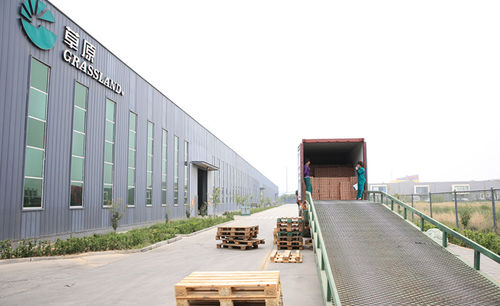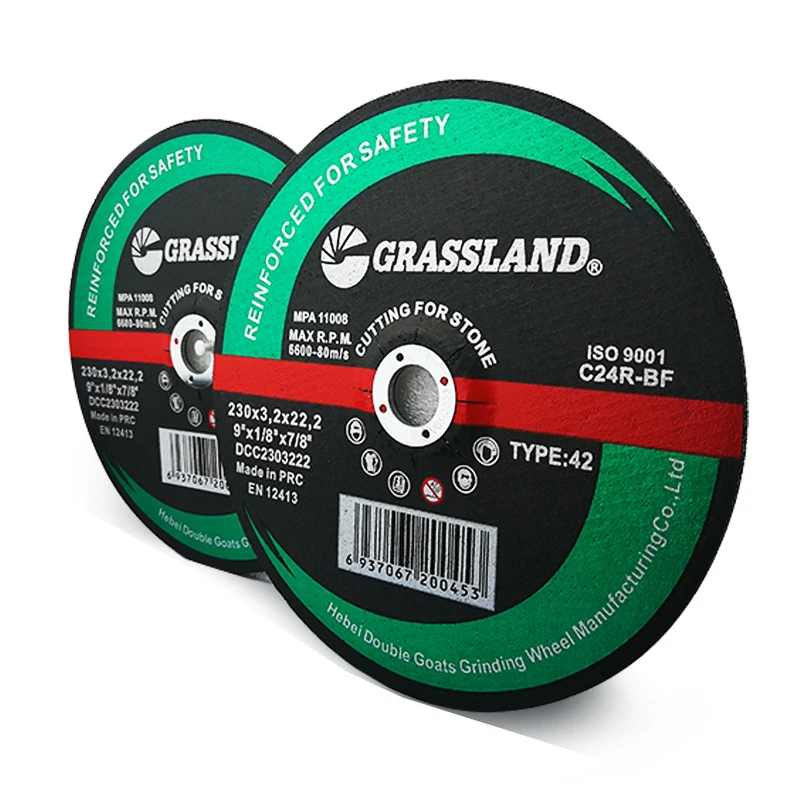

- Material Type Match the wheel's material with the metal to be cut. Aluminum oxide wheels are suitable for ferrous metals, while silicon carbide or diamond wheels might be necessary for harder metals. - Thickness Thinner wheels allow for faster cuts with less material waste and heat generation, while thicker wheels provide more stability and longevity. - Diameter Ensure the wheel's diameter is compatible with the grinder being used. Larger wheels can cut deeper but require more power. 4. Best Practices for Use Safety and precision are paramount when using metal cutting wheels. It's essential to adhere to safety guidelines, such as wearing appropriate personal protective equipment (PPE) including gloves, goggles, and face shields. Regularly inspect wheels for cracks or damage before use to prevent accidents. Maintaining a consistent speed and pressure while cutting ensures a smooth cut and prolongs the life of the wheel. It's important to let the wheel do the cutting rather than applying excessive force, which can cause overheating and premature wear. 5. Trustworthiness and Ensuring Quality When sourcing cutting wheels, it's crucial to purchase from reputable manufacturers who provide verified quality assurance and adhere to industry standards. Look for brands that are recognized for their innovations and contributions to advancing cutting technology. Seek products with certifications such as ISO or ANSI, ensuring they meet defined industry standards. Consulting peer reviews and expert recommendations can also offer insights into the reliability and performance of specific cutting wheel models. 6. Leveraging Genuine Experience Having hands-on experience with different cutting wheels in a variety of metalworking scenarios builds a deeper understanding of their performance and quality. Engaging with professional forums or industry events provides a platform to share insights and stay updated with the latest advancements, contributing to expertise that is both authoritative and trustworthy. In conclusion, cutting wheels for metal are vital components in any setting where precision and efficiency are required to manipulate metal materials. By selecting the appropriate wheel and following best practices, metalworkers can achieve optimal results. Trust in reputable brands and continuous learning are key to maintaining proficiency in using these essential tools.
Post time:Jan - 25 - 2025

















